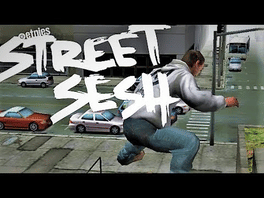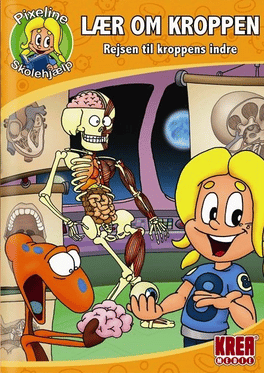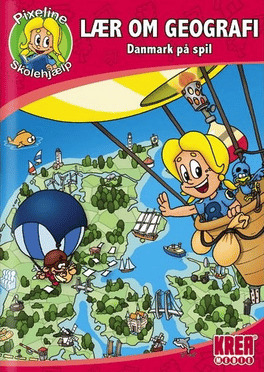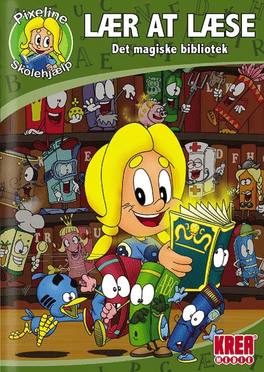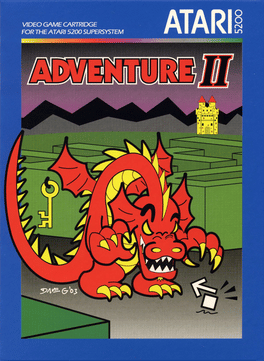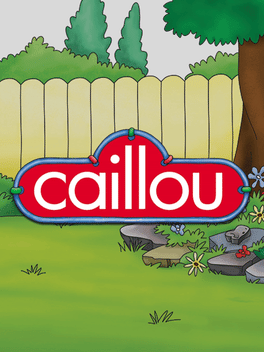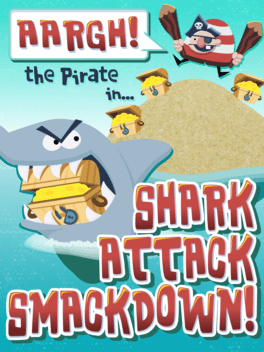New Games - Page 10023
-
Street Sesh
2007
Street Sesh
2007
Cross the streets on your skate and perform incredible stunts. You can do ollies, 360s and kickflips between two cars or in the subway! -
Harry Potter Collection
2007
This compilation bundles 3 games in the Harry Potter series: - Harry Potter and the Philosopher's Stone - Harry Potter and the Chamber of Secrets - Harry Potter and the Prisoner of Azkaban -
Pixeline: Magi I Pixieland
2007
The magic in Pixieland has mysteriously disappeared after a trading cart from a distant forest arrives. Pixeline has decided to help. -
Adventure II
2007
Adventure II
2007
Adventure II is a homebrew for the Atari 5200 programmed by Ron Lloyd and Alan Davis, with graphics by Keith Erickson. AtariAge began producing cartridges for the game in 2007. The Enchanted Chalice is once again missing, and it's the player's mission to return it to the Seashore Kingdom's Castle, navigating through several mazes and kingdoms, and avoiding three dragons, a minotaur and a troll. -
Felix the Cat: Contra os Inimigos
2007
Felix the Cat: Contra os Inimigos is a Brazil exclusive mobile game based on Felix the Cat. -
Felix the Cat: A Bomba-Relógio
2007
Felix the Cat: A Bomba-Relógio is a Brazil exclusive game based on Felix the Cat. -
Super Sketcher
2007
Super Sketcher
2007
When a person starts doodling during math class, one of his sketches comes to life. The player must guide the sketch through obstacle courses quickly. -
Cute Knight Deluxe
2007
Cute Knight Deluxe
2007
This version of Cute Knight has updated features including several new items, secret bonuses, the "Wizard's Challenge" minigame was entirely re-designed, and all the artwork for the monsters and endings was re-drawn. -
Caillou
2007
Caillou
2007
Caillou is a Flash game published by PBS on their website in 2007. The game was an interactive minigame collection based on various activities within Caillou's house. -
Aargh! the Pirate in… Shark Attack Smackdown!
2007
Help AARGH the Pirate protect his treasure chests from the Sneaky Sharks. -
Topa ou Não Topa
2007
Topa ou Não Topa
2007
There are 26 briefcases, each one of them containing a different value. The Banker will constantly try to buy your briefcase, but it's up to you to decide whether it's a good choice to sell it. Will you be able to take on The Banker and risk everything for the briefcase containing one million reais? -
Tsuki no Namida
2007
Tsuki no Namida
2007
Winner of the Enterbrain Contest Park Web 2007 Autumn Edition Gold Prize. Set in a world of silver, the protagonist, the kind-hearted prince "Kate," embarks on a journey from the castle to uncover the secrets of his birth. Rather than traditional RPG level-ups, character enhancement is achieved through equipment called "Talismans," into which gemstones are fitted. In addition to the fire magic initially learned by the protagonist, it's possible to learn up to four different magics. Magic can be utilized not only in battles but also in locations marked with a "?" in towns and dungeons. The game offers replay value with features such as Talisman crafting, combining magic to create higher-level spells, defeating monsters for "Monster Information," and striving to complete it. The graphics and characters exude a warm and gentle atmosphere, creating an emotionally impactful experience, despite lacking flashy and innovative elements. -
Suzumiya Haruhi no Gyakuten 2
2007
A sequel to the fan made Japanese doujin game based on Haruhi Suzumiya and the Ace Attorney. The sequel comes packaged with the first entery in the franchise. -
Suzumiya Haruhi no Gyakuten 2+1
2007
A Japanese doujin game made by CUBETYPE and released in 2007. It is a sequel to their previous title, Suzumiya Haruhi no Gyakuten. The gameplay is based on the Ace Attorney series. As the name implies, this game came packaged with all the cases from the first game as well. -
More Fun with The Wiggles
2007
More Fun with The Wiggles is a CD-ROM game released in 2007 based on The Wiggles.

